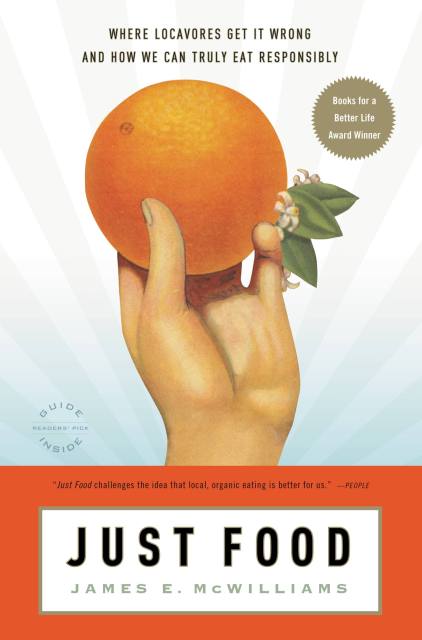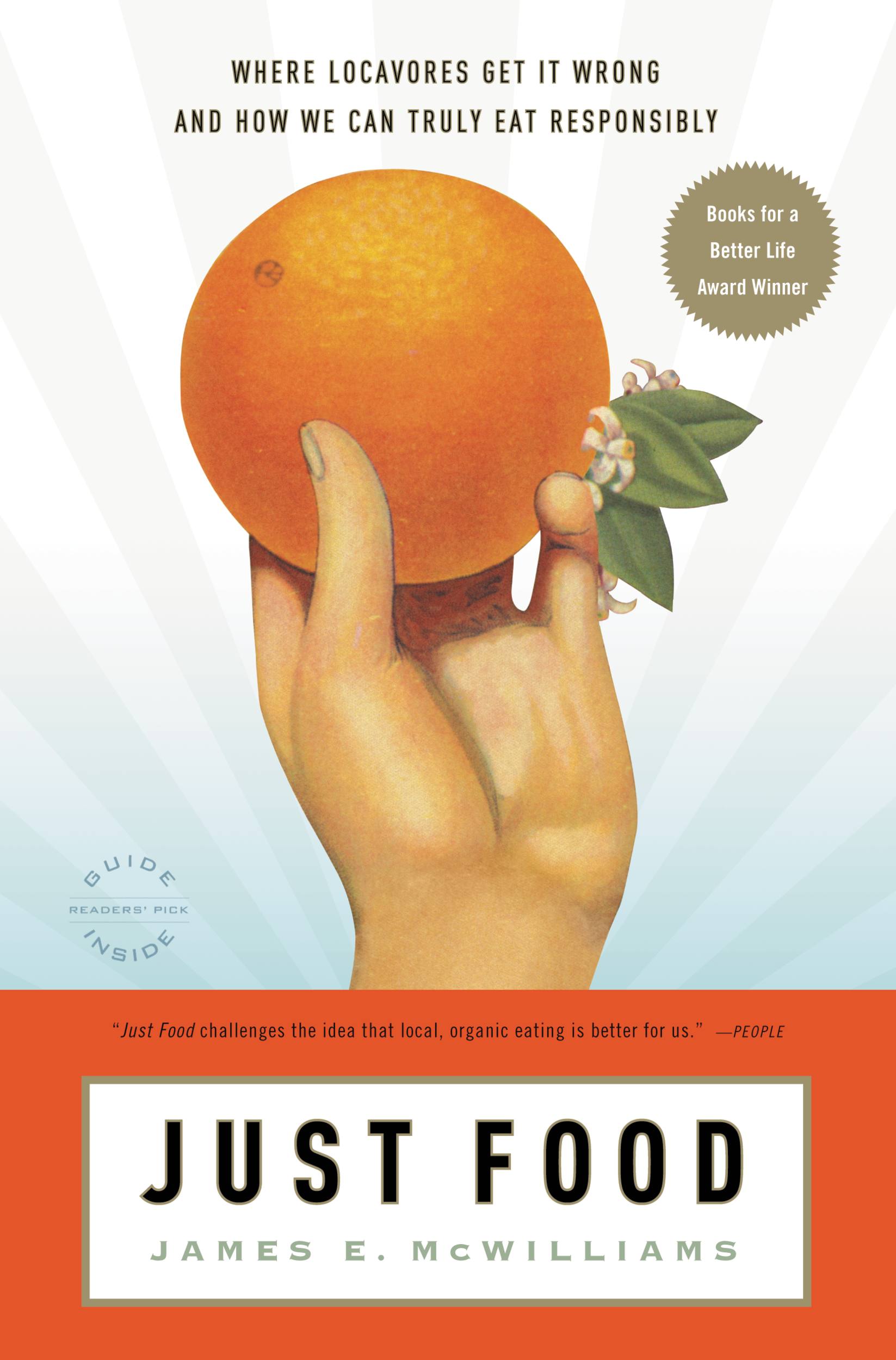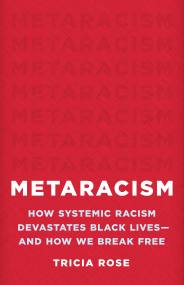Promotion
Use code MOM24 for 20% off site wide + free shipping over $45
Just Food
Where Locavores Get It Wrong and How We Can Truly Eat Responsibly
Contributors
Formats and Prices
Price
$7.99Price
$9.99 CADFormat
Format:
- ebook $7.99 $9.99 CAD
- Trade Paperback $21.99 $28.99 CAD
This item is a preorder. Your payment method will be charged immediately, and the product is expected to ship on or around August 26, 2009. This date is subject to change due to shipping delays beyond our control.
Also available from:
We suffer today from food anxiety, bombarded as we are with confusing messages about how to eat an ethical diet. Should we eat locally? Is organic really better for the environment? Can genetically modified foods be good for you?
Just Food does for fresh food what Fast Food Nation did for fast food, challenging conventional views, and cutting through layers of myth and misinformation. For instance, an imported tomato is more energy-efficient than a local greenhouse-grown tomato. And farm-raised freshwater fish may soon be the most sustainable source of protein.
Informative and surprising, Just Food tells us how to decide what to eat, and how our choices can help save the planet and feed the world.
Just Food does for fresh food what Fast Food Nation did for fast food, challenging conventional views, and cutting through layers of myth and misinformation. For instance, an imported tomato is more energy-efficient than a local greenhouse-grown tomato. And farm-raised freshwater fish may soon be the most sustainable source of protein.
Informative and surprising, Just Food tells us how to decide what to eat, and how our choices can help save the planet and feed the world.
Genre:
- On Sale
- Aug 26, 2009
- Page Count
- 272 pages
- Publisher
- Little, Brown and Company
- ISBN-13
- 9780316052634
Newsletter Signup
By clicking ‘Sign Up,’ I acknowledge that I have read and agree to Hachette Book Group’s Privacy Policy and Terms of Use







